Forums
- Forums
- Duggy's Reference Hangar
- USAAF / USN Library
- Consolidated P-30
Consolidated P-30
Post a reply
- Go to Previous topic
- Go to Next topic
- Go to Welcome
- Go to Introduce Yourself
- Go to General Discussion
- Go to Screenshots, Images and Videos
- Go to Off topic
- Go to Works in Progress
- Go to Skinning Tips / Tutorials
- Go to Skin Requests
- Go to IJAAF Library
- Go to Luftwaffe Library
- Go to RAF Library
- Go to USAAF / USN Library
- Go to Misc Library
- Go to The Ops Room
- Go to Made in Germany
- Go to Campaigns and Missions
- Go to Works in Progress
- Go to Juri's Air-Raid Shelter
- Go to Campaigns and Missions
- Go to Works in Progress
- Go to Skinpacks
- Go to External Projects Discussion
- Go to Books & Resources
-
11 years agoSun Jul 20 2014, 12:26pm
 Main AdminFollowing the financial failure of the Detroit-Lockheed Company, its designers and engineers found jobs with Bell Aircraft and Consolidated. Soon, Consolidated rolled out a new two-place fighter whose lines were based on the ill-fated YP-24. Generally more streamlined and using an all-metal wing instead of the plywood wing of the YP-24, the Consolidated fighter was designated Y1P-25 (S. N. 32-321), two of which had been ordered by the Army in 1932. Only the first airframe became a P-25, however; the second was delivered as the Y1A-11.
Main AdminFollowing the financial failure of the Detroit-Lockheed Company, its designers and engineers found jobs with Bell Aircraft and Consolidated. Soon, Consolidated rolled out a new two-place fighter whose lines were based on the ill-fated YP-24. Generally more streamlined and using an all-metal wing instead of the plywood wing of the YP-24, the Consolidated fighter was designated Y1P-25 (S. N. 32-321), two of which had been ordered by the Army in 1932. Only the first airframe became a P-25, however; the second was delivered as the Y1A-11.
Powered by the same type engine as the YP-24, a 600 hp Conqueror, the Consolidated version had the added boost of a turbo-supercharger giving it a top speed of 247 mph at 15,000 feet. Again the destiny of this design was marred by crashes as the Y1P-25 was destroyed on January 13,1933, followed a week later by the Y1A-11. The accidents were not considered to be a reflection on the design, however, and an order was placed with Consolidated for a very successful version of the plane as the P-30.
The Y1P-25 was slightly larger than the YP-24, having a wingspan of 43 feet l0 inches, a length of 29 feet 4 inches, and a height of 8 feet 7 inches. Weight also was greater than the earlier fighter; empty, it was 3,887 lbs while it grossed at 5,110 lbs.
In May 1932, a proposal was made to construct two versions of the Y1P-25 with air-cooled engines. One of these planes was given the Army designation YIP-27, with a 550 hp Pratt & Whitney R-1340-2I Wasp. The second, YIP-28, to be powered by a 600 hp P & W R-1340-19 Wasp. The anticipated performance of these two designs was not considered justification for their development and the projects were cancelled.
Consolidated's P-30 represented a bold step forward for the Air Corps. Here was the first American fighter ordered into production with many of the features that had for years been just beyond the grasp of success. Standard equipment on the P-30 were fully retractable landing gear, enclosed heated cockpit (for the pilot at any rate), exhaust- driven turbo-supercharger, and a fully cantilever wing.
Following the crash of the Y1P-25, the Army ordered four refined examples of the two-place fighter, calling them P-30's (33-204 to 33-207), for service evaluation. At the same time, four similar but un' supercharged A-11's were ordered but this branch of the design did not proceed further. Testing of the P-30's in 1934 resulted in some complaints by the pilots regarding the value of a tail gunner during maneuvers. Their location in the rear of the plane invariably caused them to black-out during sharp turns or dive recovery. Despite these complaints, the Army was pleased with the airplane and on December 6, 1934, Consolidated received an order for 50 P' 30A's, these being assigned serial numbers 35-l to 35-50. Delivery had just begun when the Army decided to identify them as Bi' place pursuits and they were reclassed as PB-2A's.
The production models were fitted with Curtiss Electric Constant Speed propellers driven by a Curtiss V-1570-61 Conqueror of 700 hp with the G. E. Supercharger. The landing gear was retracted by means of a hand-wound crank in the cockpit; and a certain degree of skill was required for a pilot to maintain formation while pulling up the gear. The P-30A/PB-2A had a service ceiling of 28,000 feet, and the crew was provided with oxygen via a converter which changed liquid oxygen to gas that was in' haled through a rubber hose. High altitude flights were seldom performed, thou$h, because of the expense, inconvenience, and discomfort to the crewmen in their bulky flying suits. At 25,000 feet, the P-30A achieved a speed of 274.5 mph. At 15,000 feet, a more reasonable operating altitude, the plane had a top speed of 255.5 mph and cruised at 215 mph.
One P30A was evaluated as a single seater with the canopy blending into the taiConsolidated A-11 Side Viewl with a metal fairing. In 1936, it was an un- successful entry in an Army competition for single-seat fighters.
The P-30A was constructed entirely of metal with a wingspan of 43 feet 11 inches, area of 297 square feet, length of 30 feet, and height of 8 feet 3 inches. The rearward- firing .30 cal . machine gun was supplemented by two more .30's in the nose. Empty weight was 4,306 pounds and the P- 30A grossed 5,643 pounds. Range was 508 miles on 180 gallons of fuel.
A proposal to mount an 800 hp fourteen cylinder Pratt & Whitney R-1830-1 Twin Wasp led to the designation P-33; but this project was cancelled as the two-place concept of the P-30 proved, in the long run, to be impractical.
While the PB-2 was sturdy, the two-seat fighter concept was obsolete by the time the aircraft entered service,and by 1939, all had been replaced in frontline service by Seversky P-35 and Curtiss P-36 Hawk aircraft. The survivors remained in use as training aircraft until after the start of World War II, with the last being withdrawn from use on 2 June 1942.
General characteristics
Crew: two
Length: 30 ft 0 in (9.14 m)
Wingspan: 43 ft 11 in (13.38 m)
Height: 8 ft 3 in (2.51 m)
Wing area: 297 ft (27.6 m)
Empty weight: 4,306 lb (1,950 kg)
Loaded weight: 5,623 lb (2,556 kg)
Powerplant: 1 ? Curtiss V-1570-61 Conqueror liquid-cooled V12 engine, 700 hp (520 kW)
Performance
Maximum speed: 275 mph (239 knots, 443 km/h) at 25,000 ft (7,620 m)[15]
Cruise speed: 215 mph (187 knots, 346 km/h) at 15,000 ft (4,600 m)
Range: 508 mi (442 nmi, 818 km)
Service ceiling: 28,000 ft (8,530 m)
Climb to 15,000 ft (4,600 m): 7 min 48 s
Armament
Guns:
2 x 0.30 in (7.62 mm) machine guns firing through the propeller
1 x 0.30 in machine gun in the rear cockpit
Bombs: 170 lb (80 kg) bombs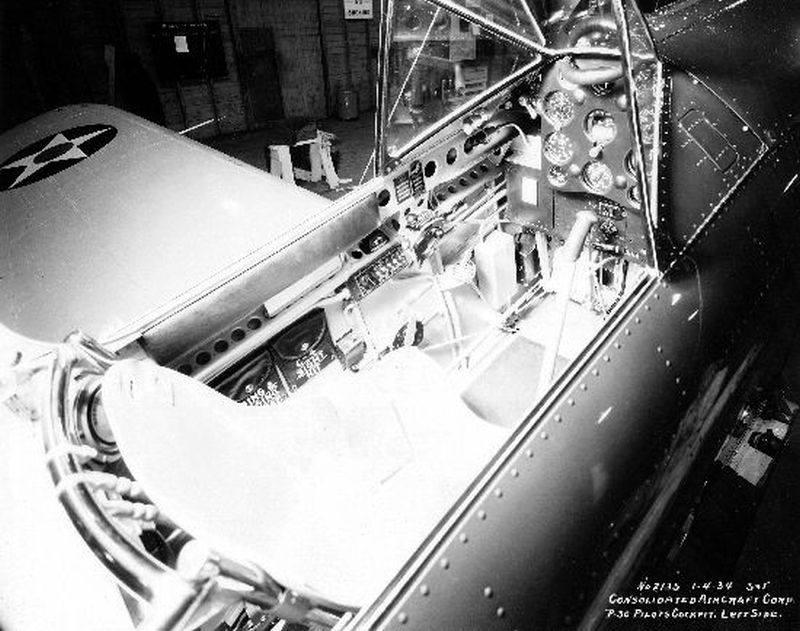
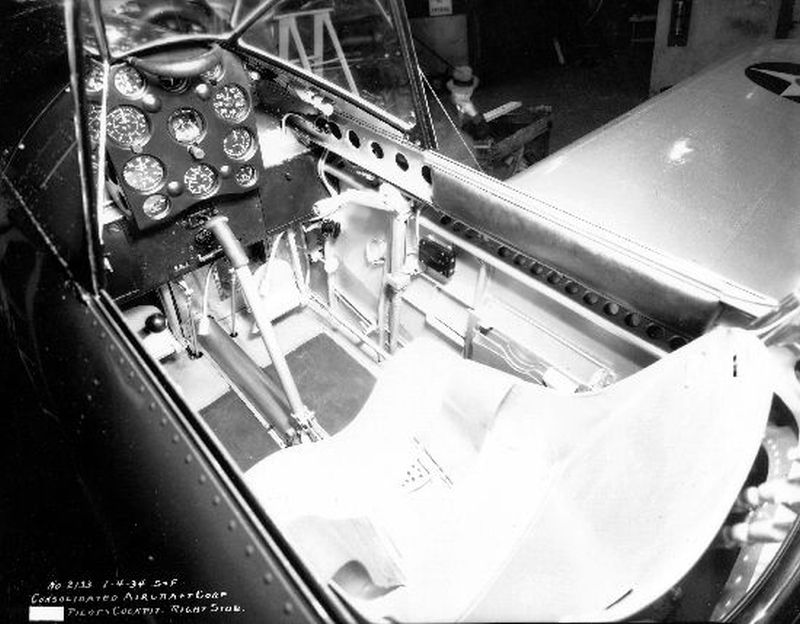
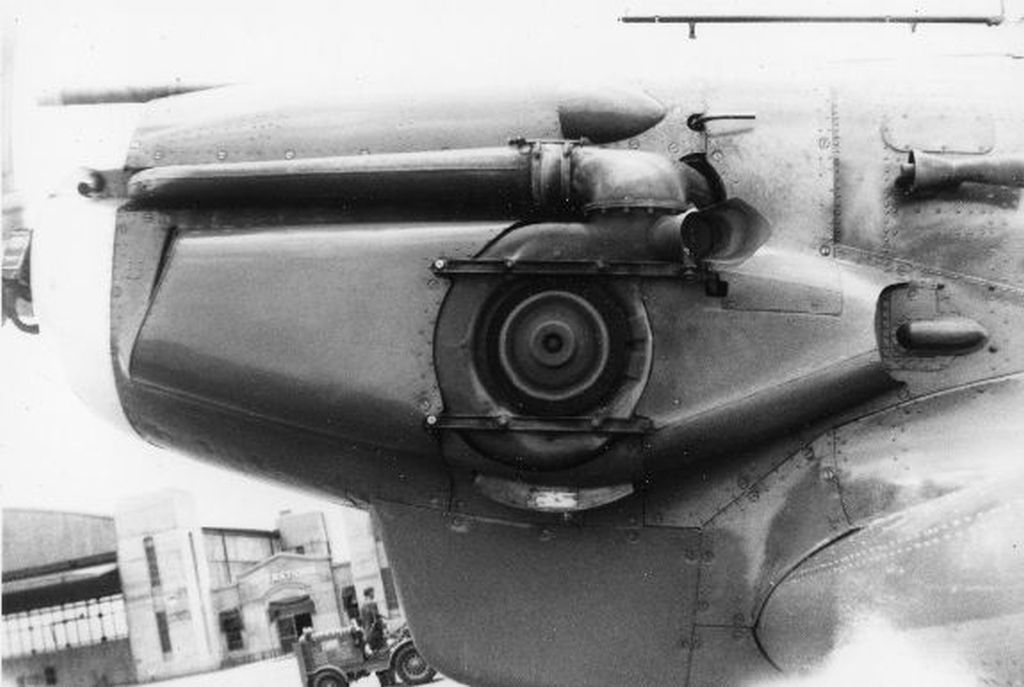


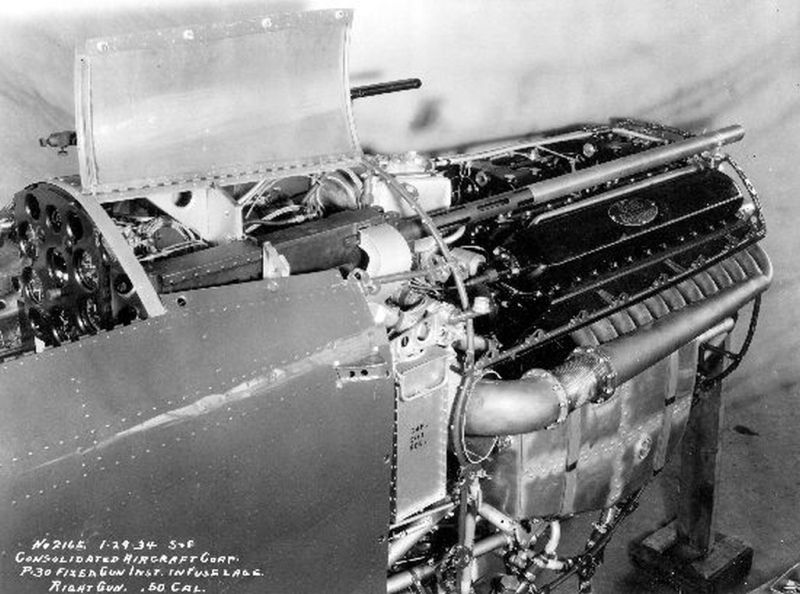
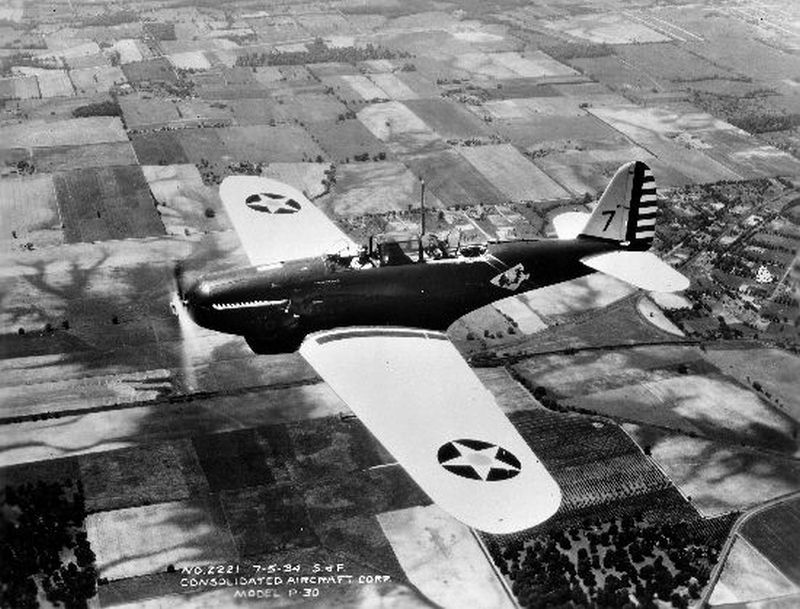
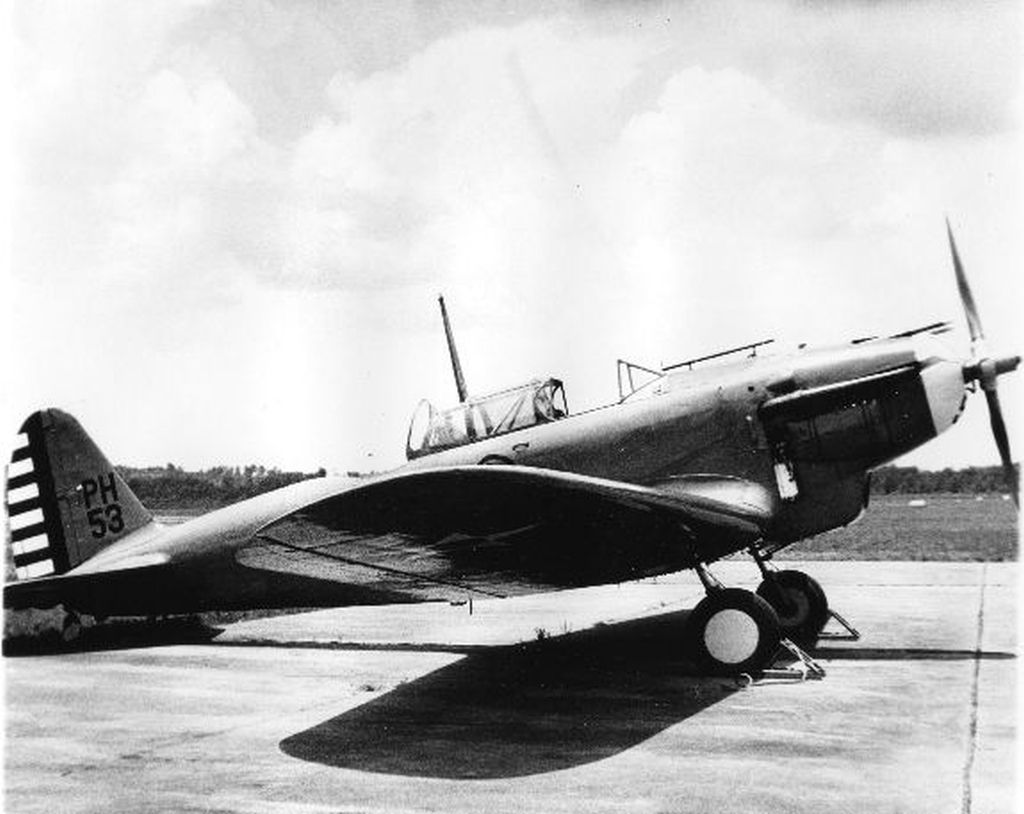
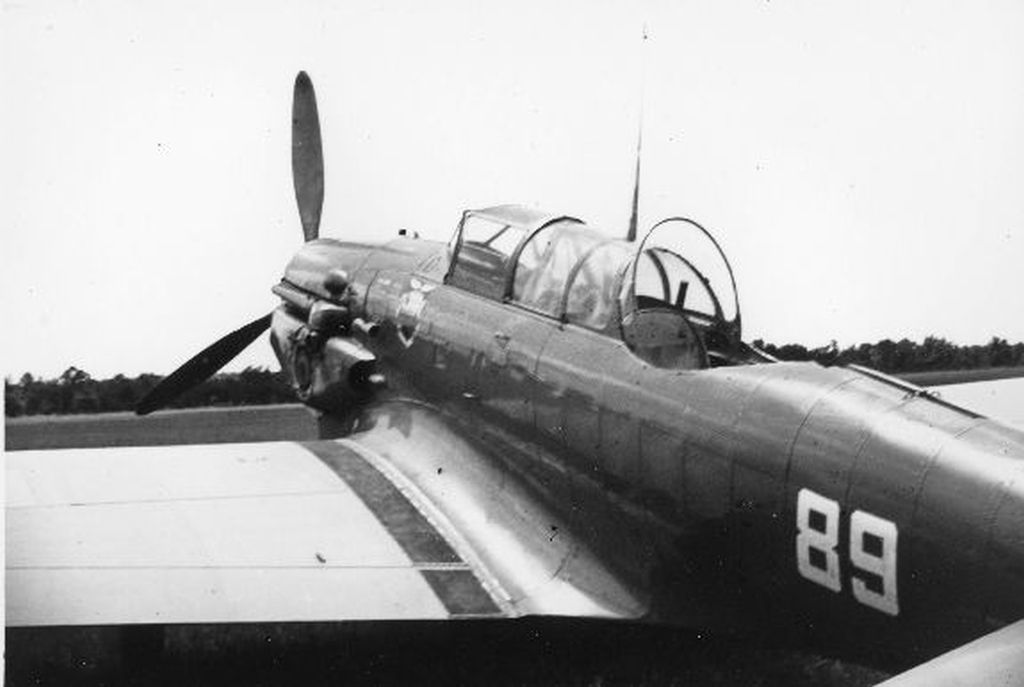
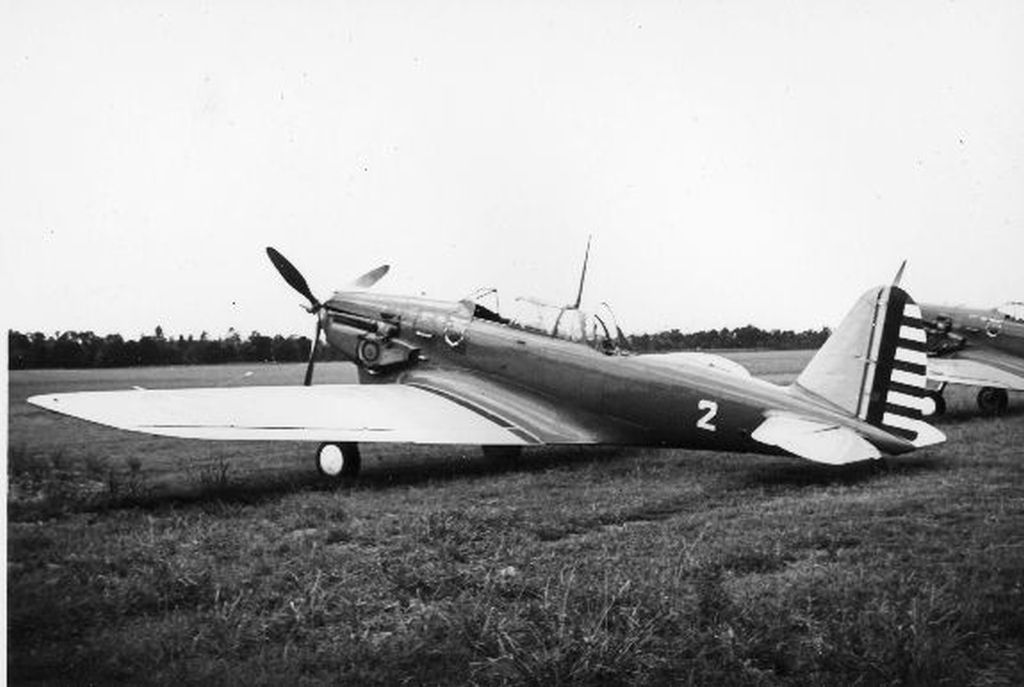
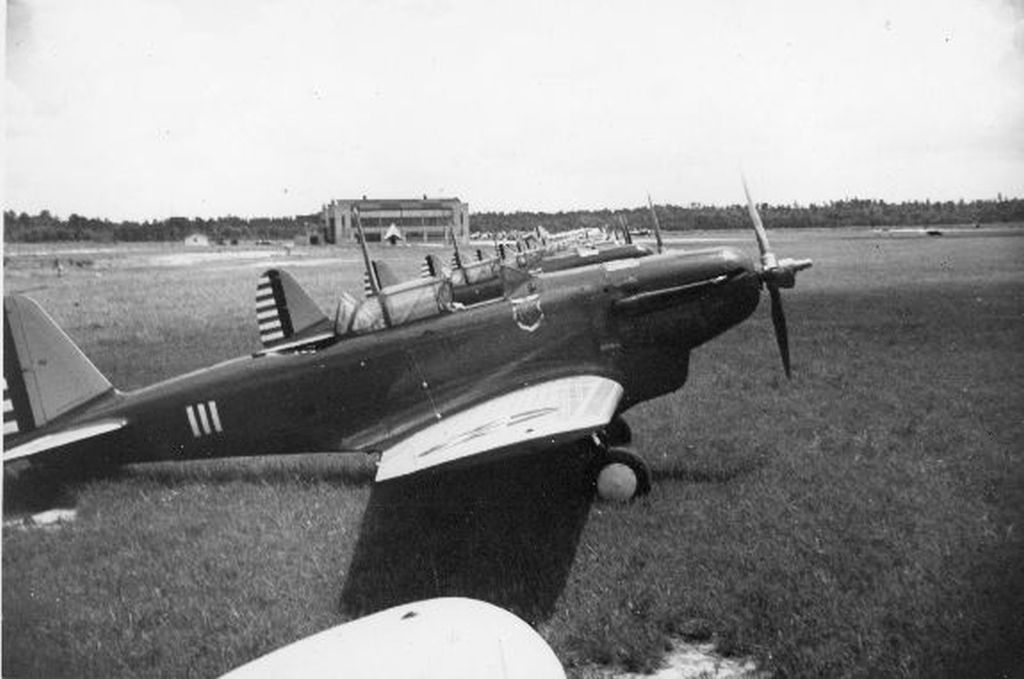
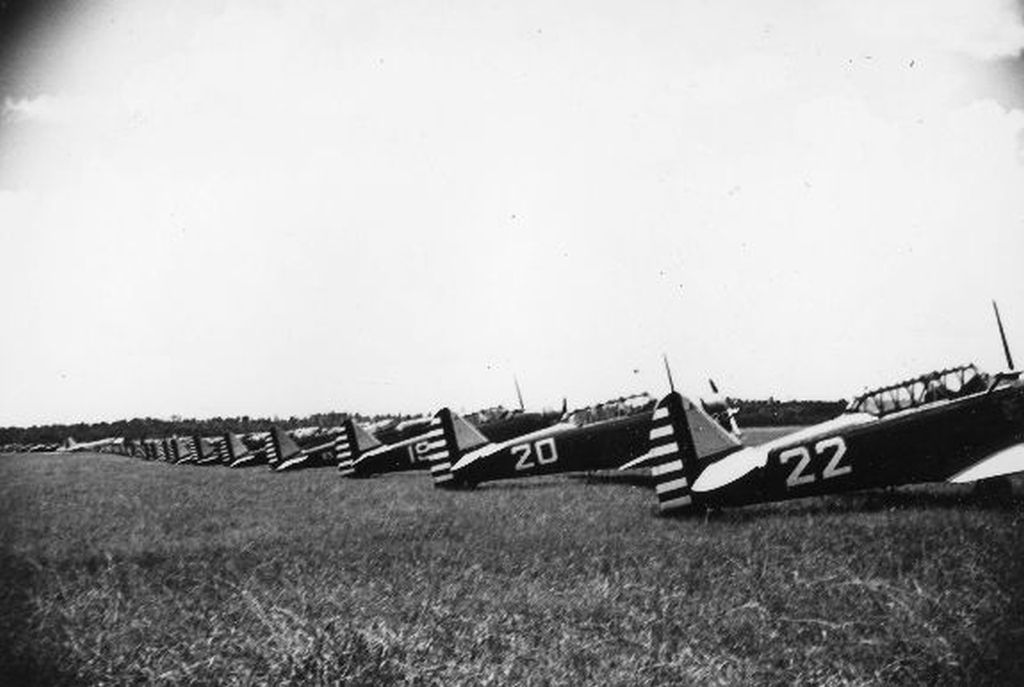
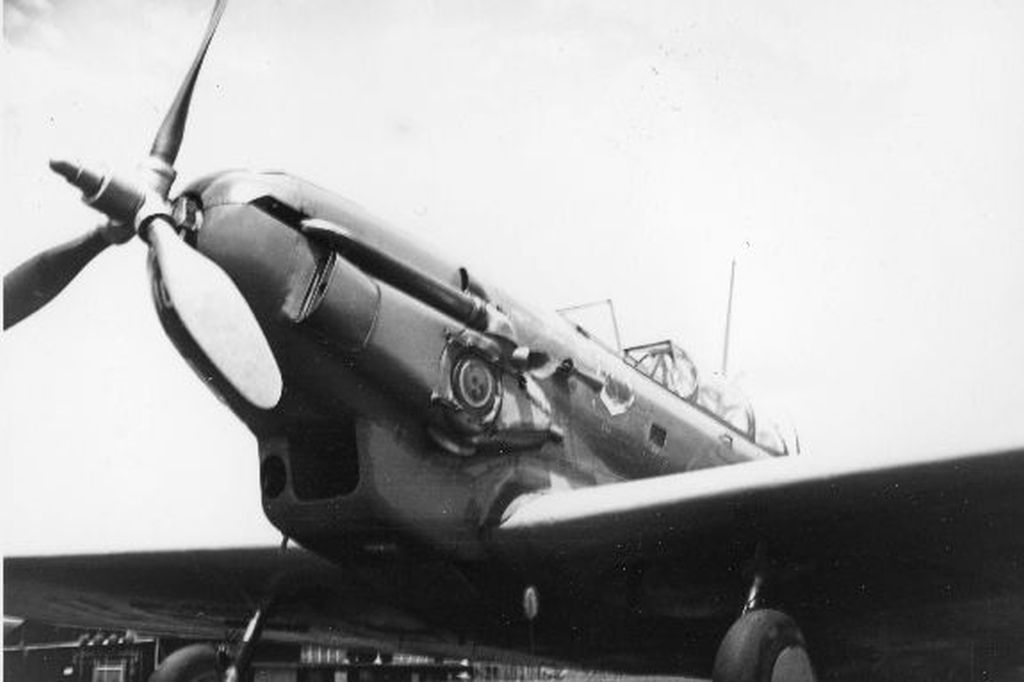
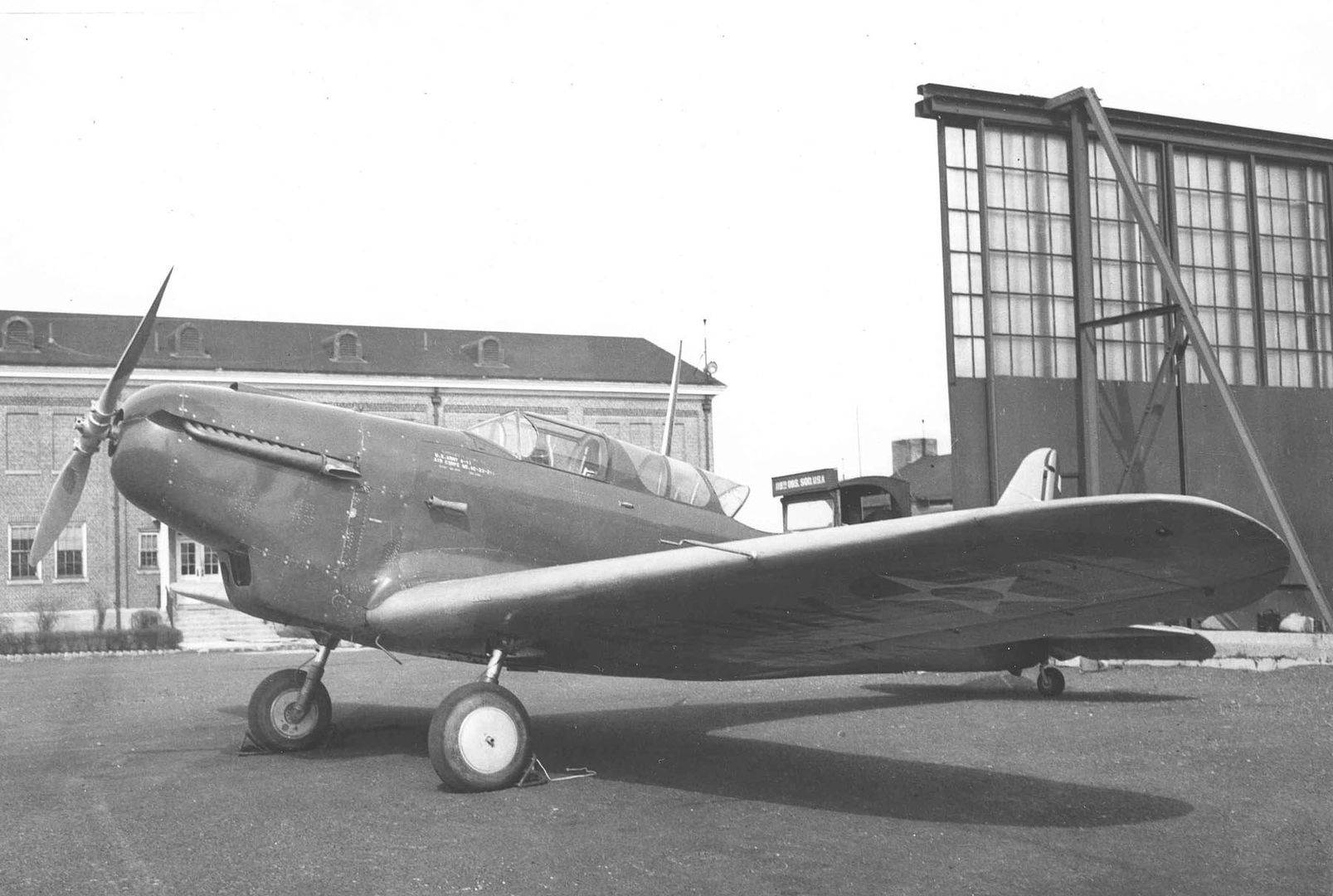
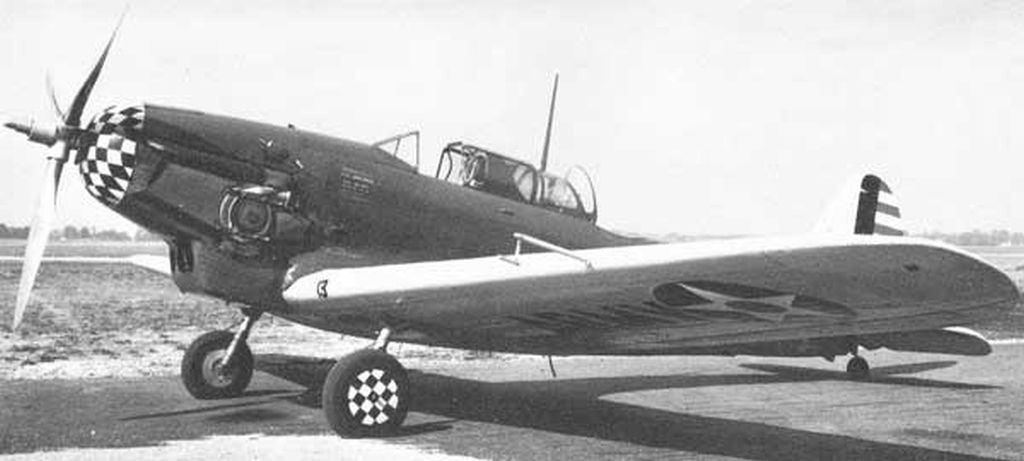
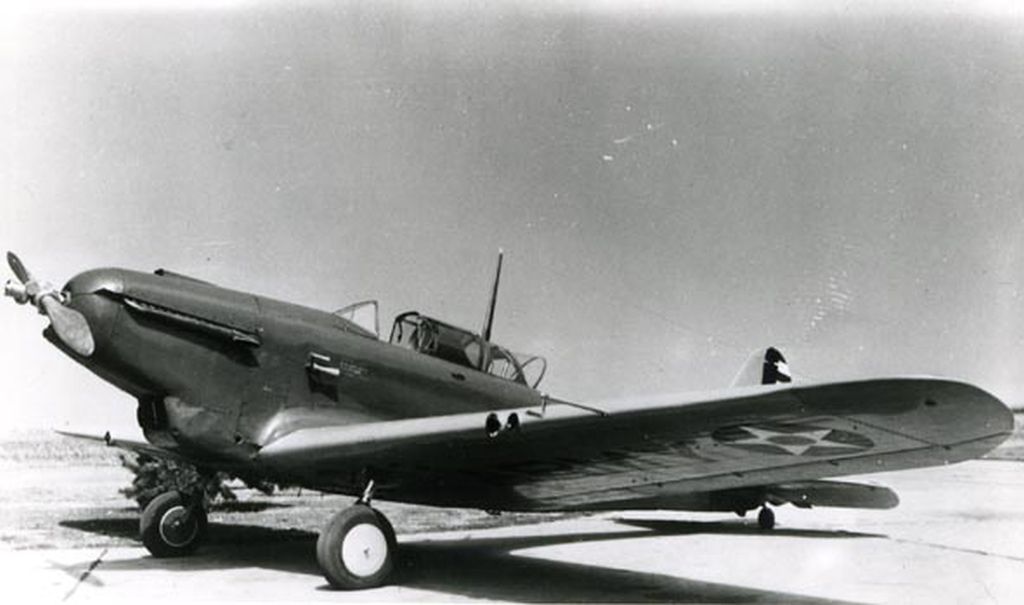
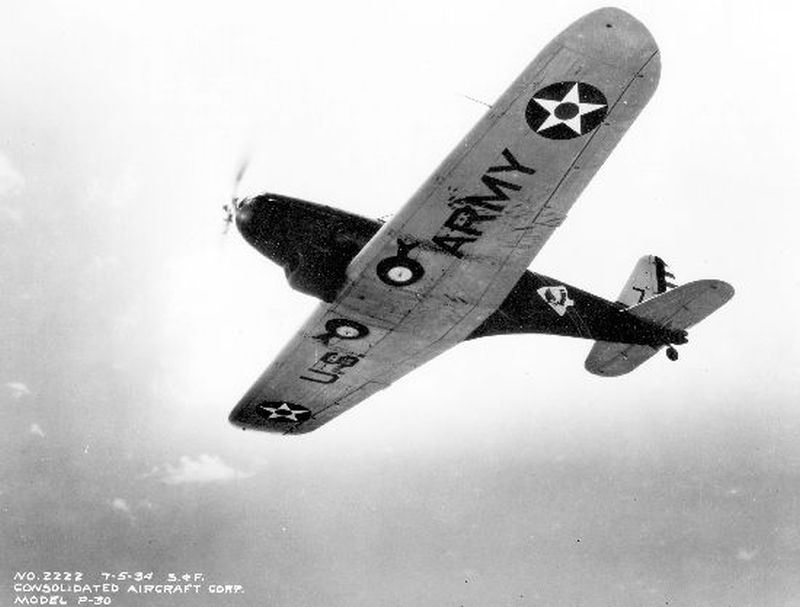

Regards Duggy
Post a reply
- Go to Previous topic
- Go to Next topic
- Go to Welcome
- Go to Introduce Yourself
- Go to General Discussion
- Go to Screenshots, Images and Videos
- Go to Off topic
- Go to Works in Progress
- Go to Skinning Tips / Tutorials
- Go to Skin Requests
- Go to IJAAF Library
- Go to Luftwaffe Library
- Go to RAF Library
- Go to USAAF / USN Library
- Go to Misc Library
- Go to The Ops Room
- Go to Made in Germany
- Go to Campaigns and Missions
- Go to Works in Progress
- Go to Juri's Air-Raid Shelter
- Go to Campaigns and Missions
- Go to Works in Progress
- Go to Skinpacks
- Go to External Projects Discussion
- Go to Books & Resources
